

Need some foolproof advice on the best ways to lower blood sugar levels? It's an important aspect of your health – especially for anyone at risk of developing Type 2 diabetes, as well as those of us who have put on a few pounds recently. Do you suffer from sugar cravings, a mid-afternoon energy dip, or perhaps just comfort eating and weight gain? If so, this advice is for you.
- Go for a walk after your meal, in the best women's walking shoes
- Take the best waterproof jacket just in case
- Don't forget the best walking trousers are designed for comfort
What is blood sugar?
First, let’s talk about how blood sugar works. When we eat sweet or starchy food, or drink alcohol, our bodies break it down into glucose (sugar). As the amount of glucose in the blood goes up, we feel full of energy. Our bodies then release insulin, to lower blood sugar levels to normal. So far, so good. But sometimes the blood sugar levels spike too quickly.
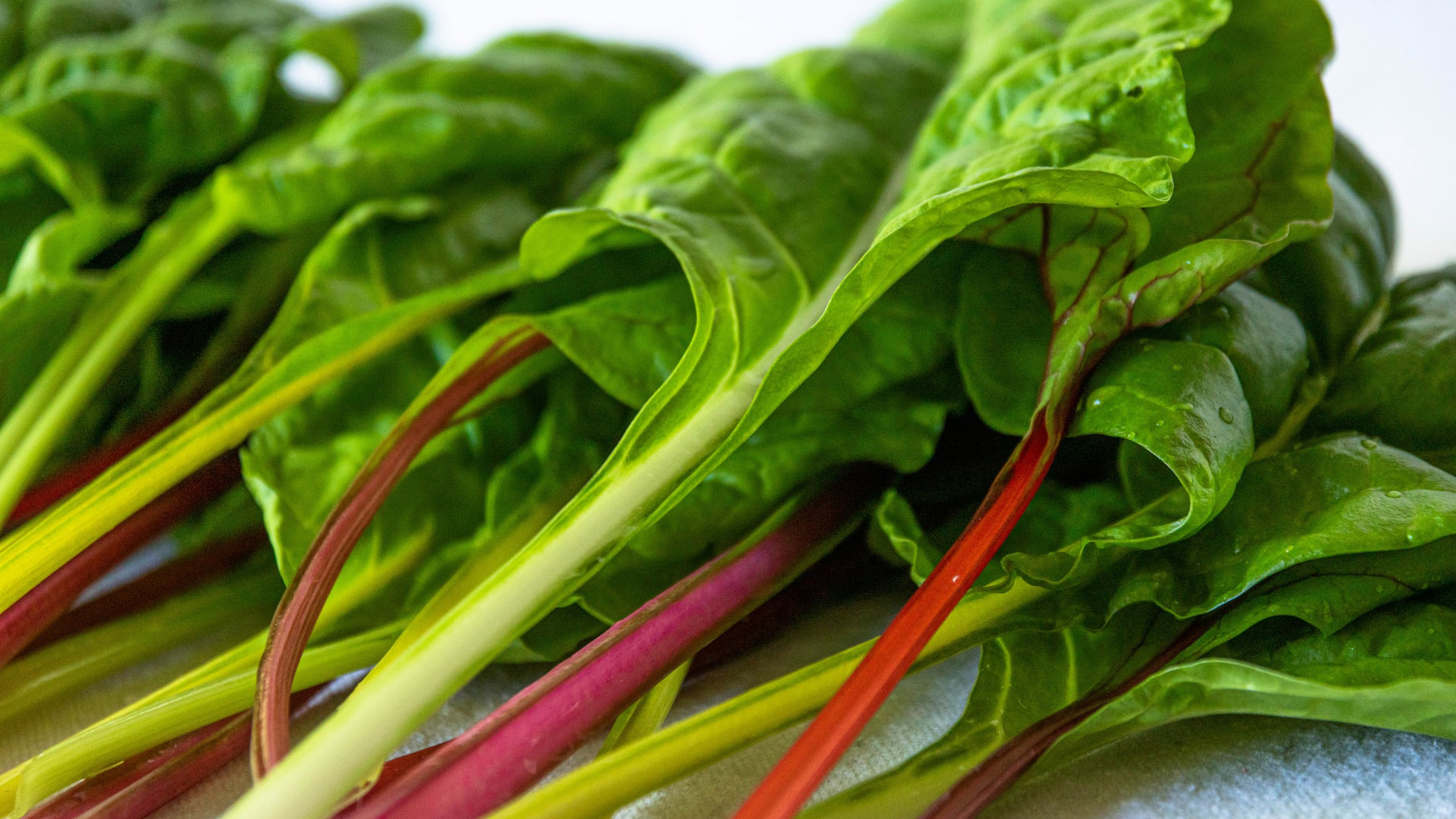
Why do blood sugar levels spike?
- We consume food and drink high in sugar or starch
- This causes blood sugar to rise too quickly
- Our bodies create extra insulin to deal with it
- This lowers blood sugar levels
- We get a 'sugar crash'
- It makes us feel grumpy, tired and hungry
- We crave more sugar and starch
- We repeat the pattern
Why is a 'sugar crash' bad for you?
If you often eat too many starchy or sugary foods, your body gets used to it. Then it starts to ignore the 'make more insulin' message. We call this 'insulin resistance'. It can lead to permanently high blood sugar levels. And that can cause poor health, weight gain, low mood and even Type 2 diabetes.
Want to take control and avoid the 'sugar crash'? Here are 5 great ways to lower blood sugar levels:
Top 5 ways to lower blood sugar levels
Health experts have carried out excellent studies, around the world. Using their research, I can now reveal the best ways to lower your blood sugar levels.
1. Go green: eat leaves and low-GI foods
The best way to lower blood sugar levels, is to eat foods that release energy into your bloodstream slowly. These are called low-GI foods. What does GI mean? GI is short for the glycemic index – a list of foods that contain carbohydrates. Each food is given a rating to show how quickly it raises your blood sugar.
Simply choose more of these low-GI foods to avoid sugar spikes and crashes.
Sign up to the T3 newsletter for smarter living straight to your inbox
Get all the latest news, reviews, deals and buying guides on gorgeous tech, home and active products from the T3 experts
Best low-GI foods to lower blood sugar levels:
- Leafy greens
- Apple cider vinegar
- Most fruits
- Most vegetables, including beans
- Whole grains
- Pasta
- Low-fat dairy foods, such as live natural yogurt
- Nuts
The very best low-GI foods you can eat include leafy greens. They are high in fibre and nutrients like magnesium and vitamin A, which are known to help lower blood sugar levels. I recommend that you eat leafy greens as part of your super-healthy new diet.
Why does blood sugar matter? Studies in the US have shown that eating more green leafy vegetables can reduce the risk of developing Type 2 diabetes significantly.
Apple cider vinegar is another excellent low-GI food to add to your healthy diet.
How can cider vinegar help? The acetic acid in cider vinegar reduces certain enzymes in the stomach. Drinking a teaspoon of apple cider vinegar before a main meal can improve insulin sensitivity. And that's how cider vinegar helps to lower blood sugar levels.
I like to choose raw, unfiltered apple cider vinegar. The best products contain ‘the Mother’ (the active part). (My favourite is Bragg Organic Apple Cider Vinegar.)
2. Take a walk to lower blood sugar levels
Our ancestors knew that it was a good idea to go for a quick walk after a meal. But why?
Walking works like magic – here's how:
- Walking raises your heart rate
- You breathe harder
- Your muscles use more glucose
- Your body makes less insulin
- Less insulin means less of the glucose is stored as fat
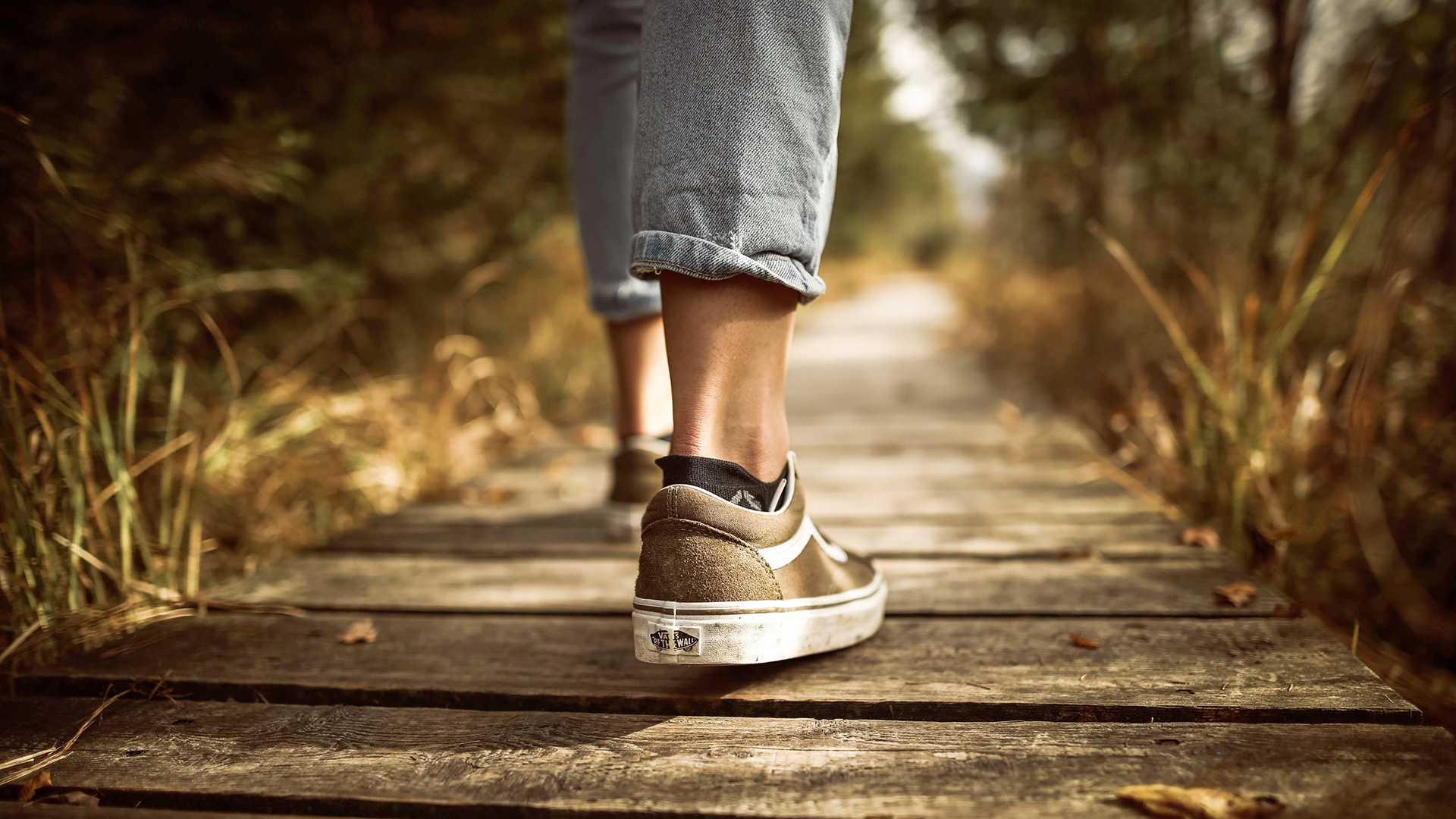
Diabetes – a walking cure. A recent study by the American Diabetes Association tested older adults who were at risk of Type 2 diabetes. They ate a meal, then walked on a treadmill for 15 minutes. The result? A lower blood sugar spike in the hours after the walk.
The study also tested their blood sugar levels after a single 45-minute walk each day. Whether the long walk happened in the morning or the evening, this proved less effective than the short walk straight after eating. So our ancestors were right – a short walk works wonders after a meal.
3. Eat raspberries to lower blood sugar levels
Raspberries are packed full of vitamins, minerals and antioxidants to promote good health. But did you know that raspberries have a delicious side-effect? They lower blood sugar levels, too.
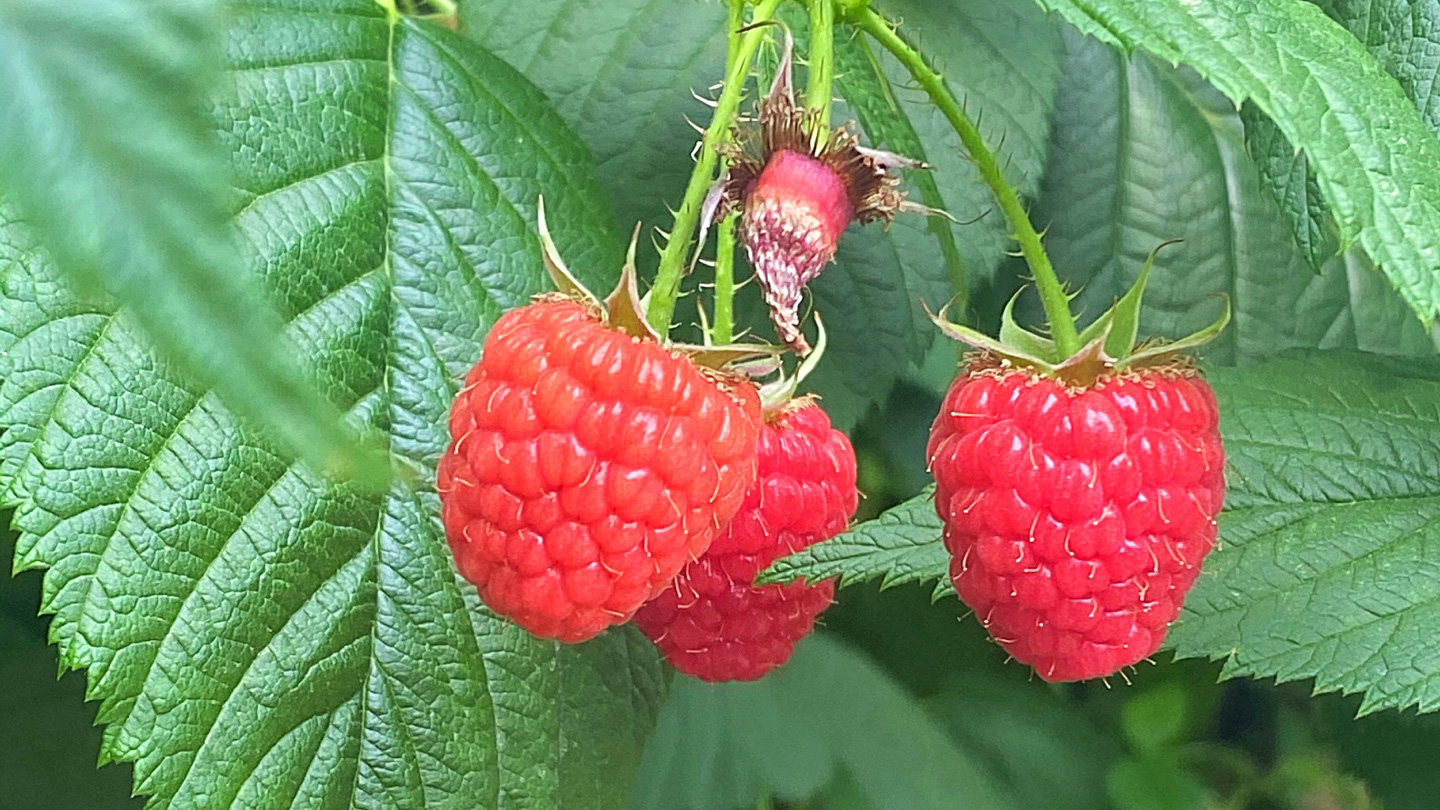
Red raspberries have anti-inflammatory and metabolism-stabilising properties. A study by the Illinois Institute of Technology found that raspberries can help reduce the risk of chronic diseases, including Type 2 diabetes.
Researchers found that people who ate two cups of red raspberries after a meal had much lower blood sugar levels, compared with those who ate no raspberries. The more raspberries they ate, the less insulin their bodies needed to make, to manage their blood glucose. This is exciting news, especially for pre-diabetics.
“People who are at risk of diabetes are often told to not eat any fruit because of their sugar content. But certain fruits – such as red raspberries – not only provide essential micronutrients, but also components such as 'anthocyanins' (which give them their colour), and fibre that has anti-diabetic actions,” explains Britt Burton-Freeman, a director at the Center for Nutrition Research, Illinois Tech.
Raspberries can reduce your risk of:
- Type 2 diabetes
- Cardiovascular disease
- Obesity
- Alzheimer's disease
If you are at risk of Type 2 diabetes, include fresh raspberries in your diet. It is an “important strategy for slowing or reversing progression to disease”, says Britt.
4. Spice it up: cinnamon lowers blood sugar levels
Cinnamon is a super-spice you can use to lower blood sugar levels. A study by the USDA's Agricultural Research Service found that eating just 1g of cinnamon every day can:
- Improve blood glucose level,
- Increase insulin sensitivity
- Help manage or even reverse Type 2 diabetes
5. Sleep for more than 6 hours a night
Poor sleep doesn’t just make us feel sluggish and grumpy. Poor sleep plays havoc with the body, by disrupting blood sugar levels, which surge as we snooze. For a healthy person, insulin can handle this sugar boost. It just tells the muscle, fat and liver cells to absorb the glucose from the blood, to keep levels balanced. If you are at risk of Type 2 diabetes, it's much more dangerous. In this case your insulin can’t do its job properly, so blood sugar levels will rise higher.
What causes Type 2 diabetes? Poor diet and obesity contribute to the risk of having diabetes. But did you know too little sleep can also put you at risk?
One study found that people who often slept for less than 6 hours a night were twice as likely to develop diabetes or to have cells that were less sensitive to insulin. This was true even after researchers took other lifestyle behaviour into account.
Can I party all night and catch up with sleep in the morning? No, not too often. When you stay up late your body makes more of the stress hormone cortisol. This disrupts the way your insulin works. So, to lower blood sugar levels, try to get at least 7 hours of sleep each night.
Maddy Biddulph is a national journalist and content creator specialising in lifestyle, fitness, health and wellbeing.
-
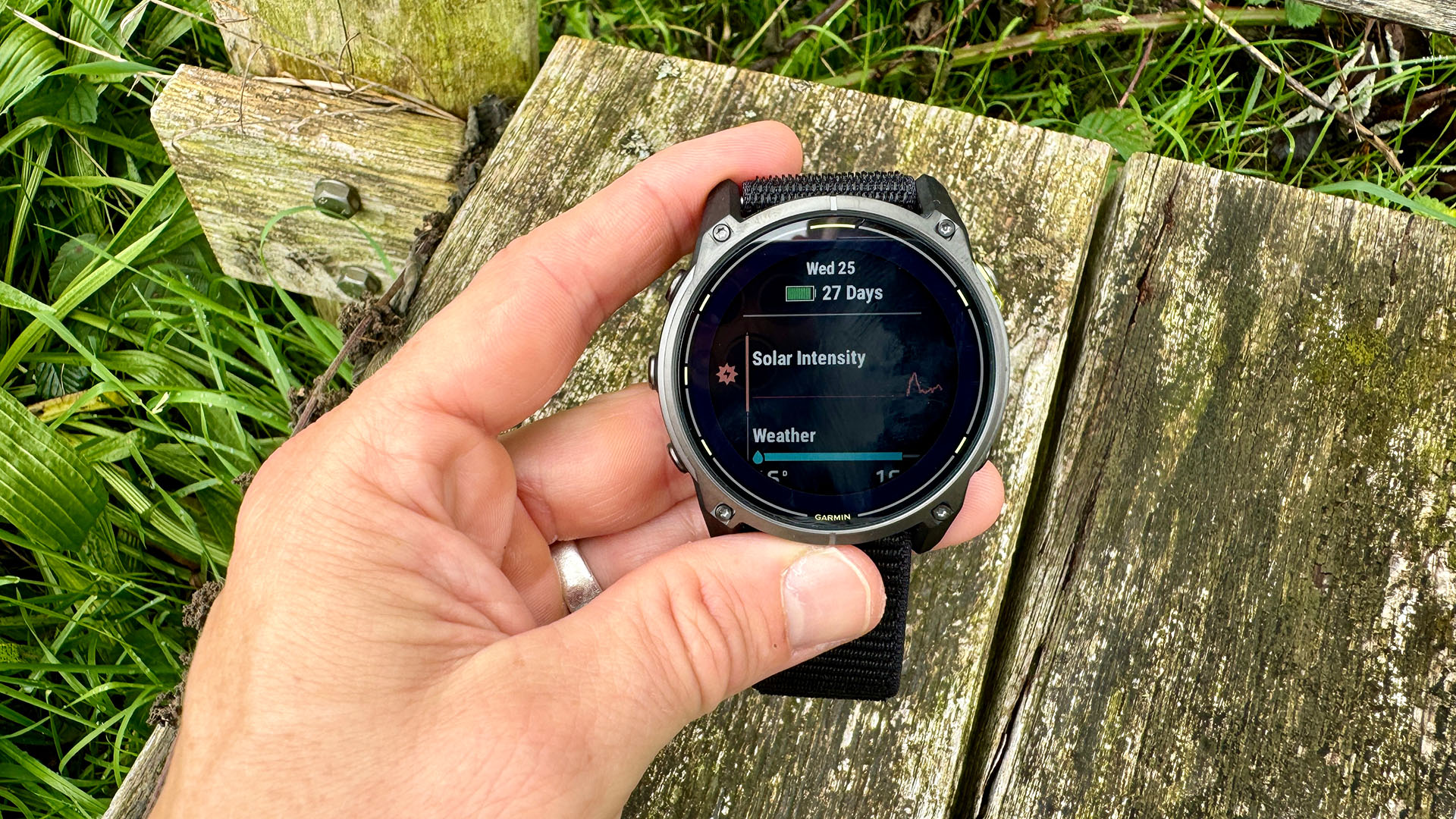 Garmin’s on a mission to update your wrist into oblivion as 100+ tweaks land on Fenix and Enduro watches
Garmin’s on a mission to update your wrist into oblivion as 100+ tweaks land on Fenix and Enduro watchesThe latest beta update looks comprehensive
By Matt Kollat Published
-
 5 reasons you should be excited about the brand new Samsung Bespoke AI Jet Ultra
5 reasons you should be excited about the brand new Samsung Bespoke AI Jet UltraNot sure if it’s obvious... but I can't wait to try it
By Lizzie Wilmot Published
-
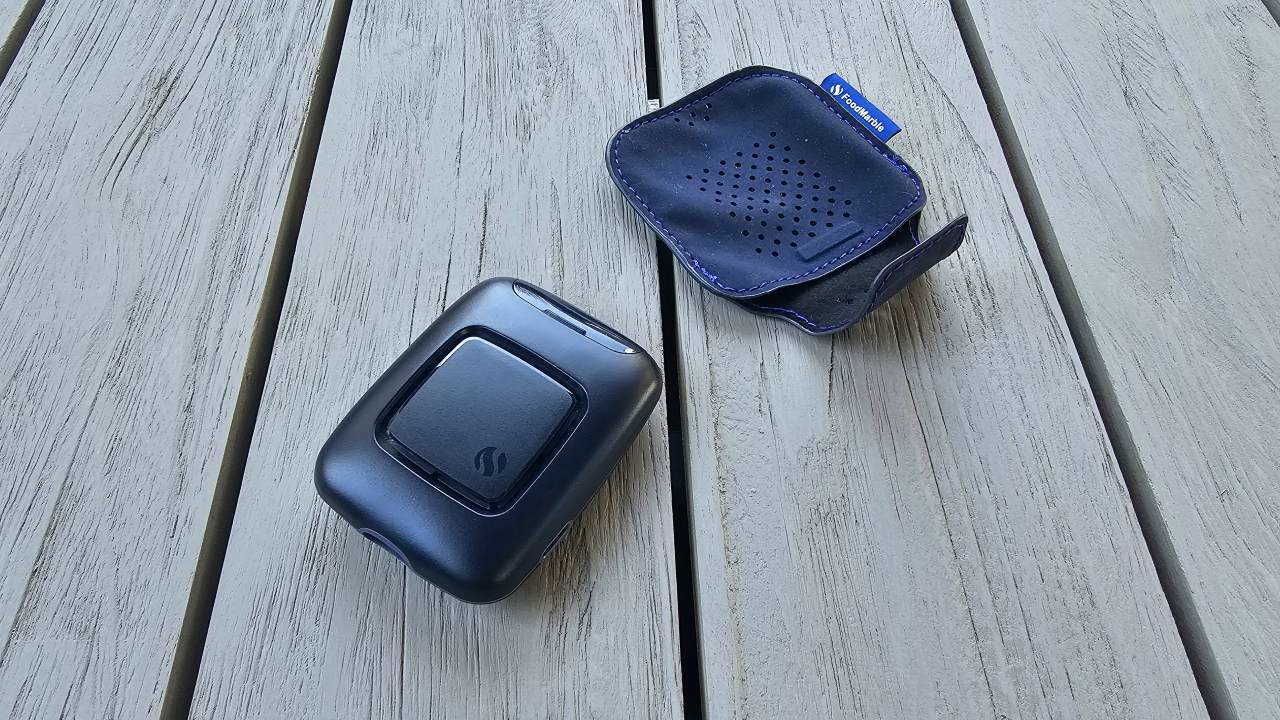 I spent 6 weeks with the FoodMarble Aire 2: here’s what I learned about my gut health
I spent 6 weeks with the FoodMarble Aire 2: here’s what I learned about my gut healthI’ve been testing the clever breath-testing gadget with the companion app over several weeks to find out if it delivers on its promises
By Lee Bell Published
-
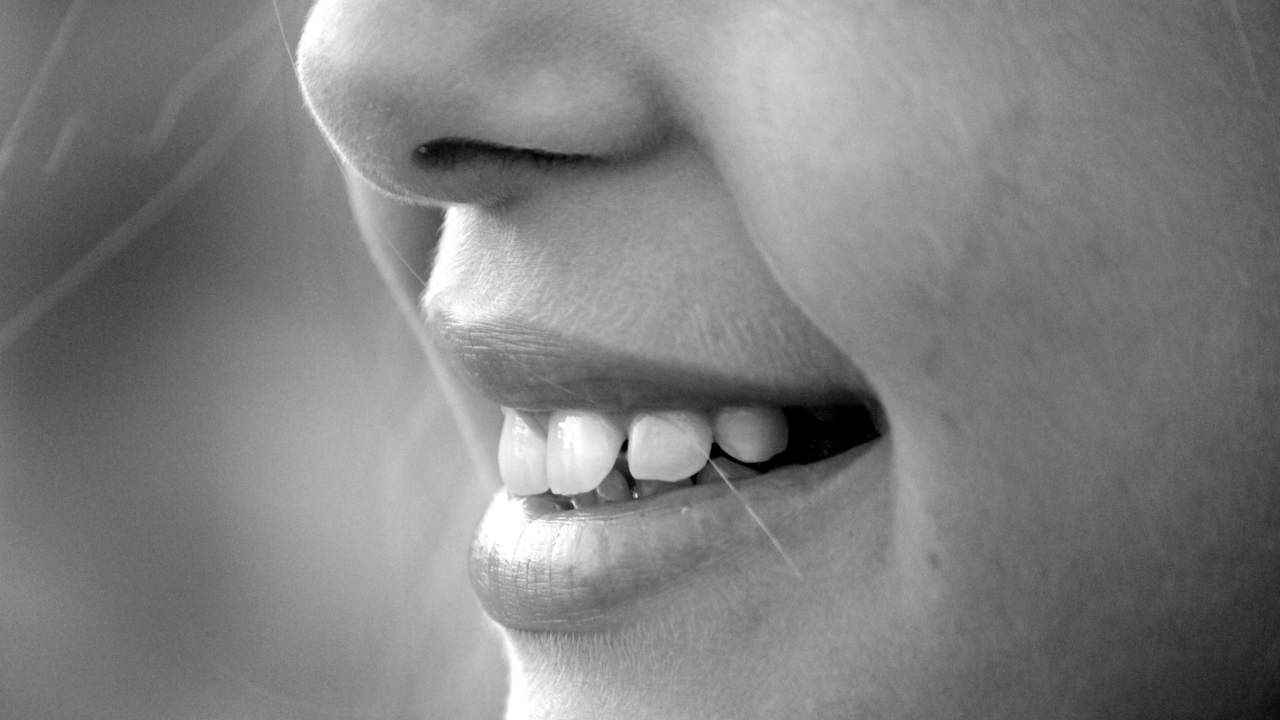 Oil pulling is going viral on TikTok for stopping morning breath – but does it actually work?
Oil pulling is going viral on TikTok for stopping morning breath – but does it actually work?4 hacks that prevent morning breath, according to a sleep expert
By Bethan Girdler-Maslen Published
-
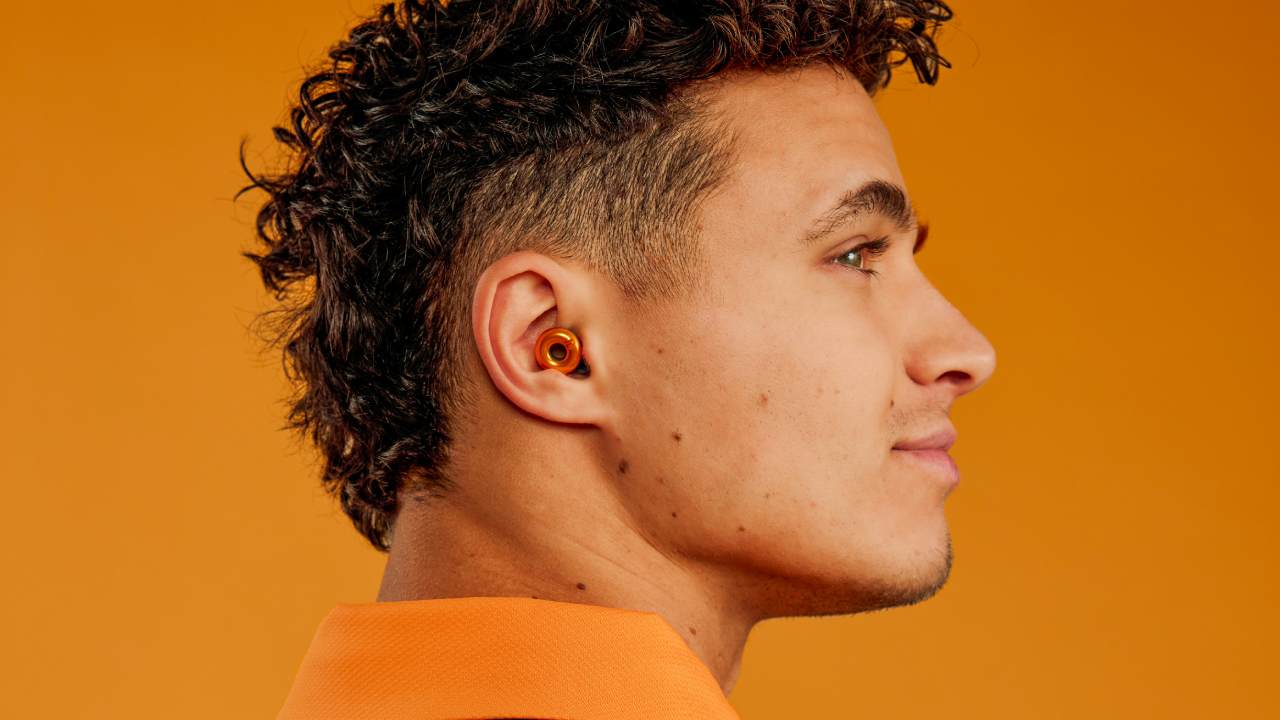 These limited edition McLaren x Loop earplugs are what you need for Formula 1 season
These limited edition McLaren x Loop earplugs are what you need for Formula 1 seasonMcLaren teams up with Loop on limited edition noise-reducing earplugs
By Bethan Girdler-Maslen Published
-
 3 reasons why you wake up at 3am every night – and how to avoid it
3 reasons why you wake up at 3am every night – and how to avoid itAlways waking up in the middle of the night? This could be why…
By Bethan Girdler-Maslen Published
-
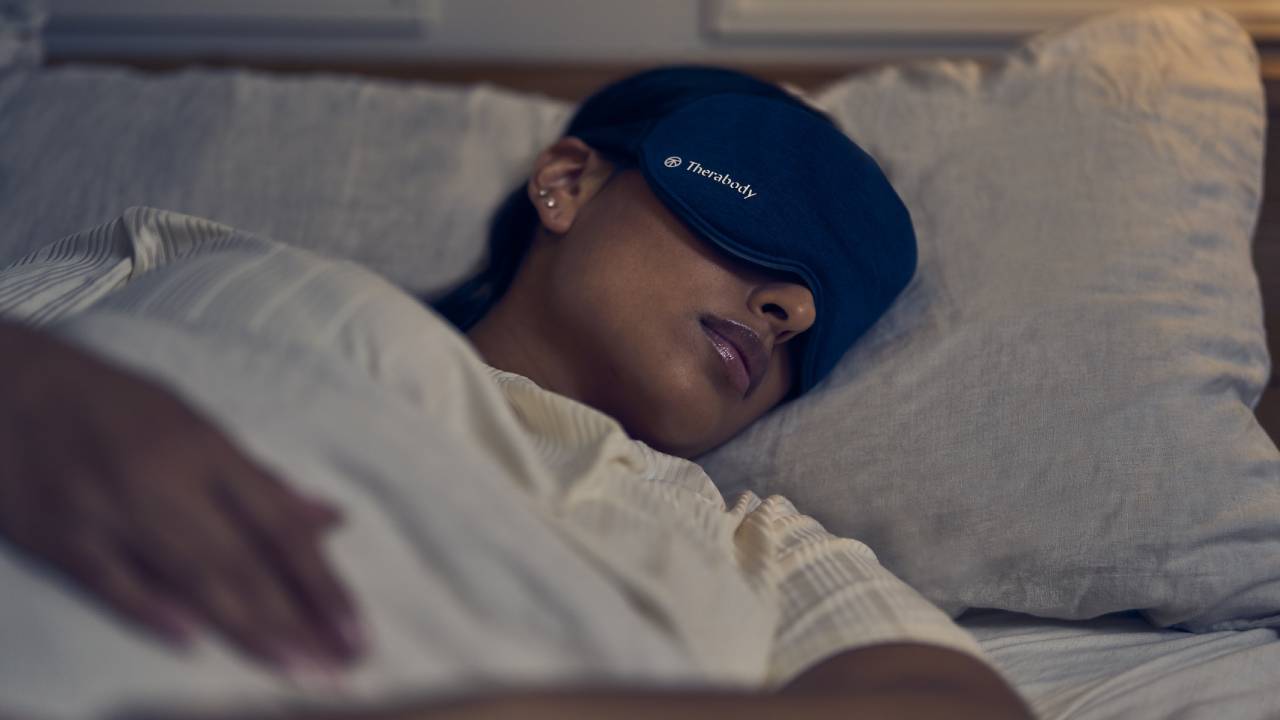 Therabody experts give 7 tips for perfecting your sleep routine for World Sleep Day
Therabody experts give 7 tips for perfecting your sleep routine for World Sleep DayFrom breathing exercises to sleep masks, here’s how to prioritise sleep, according to experts
By Bethan Girdler-Maslen Published
-
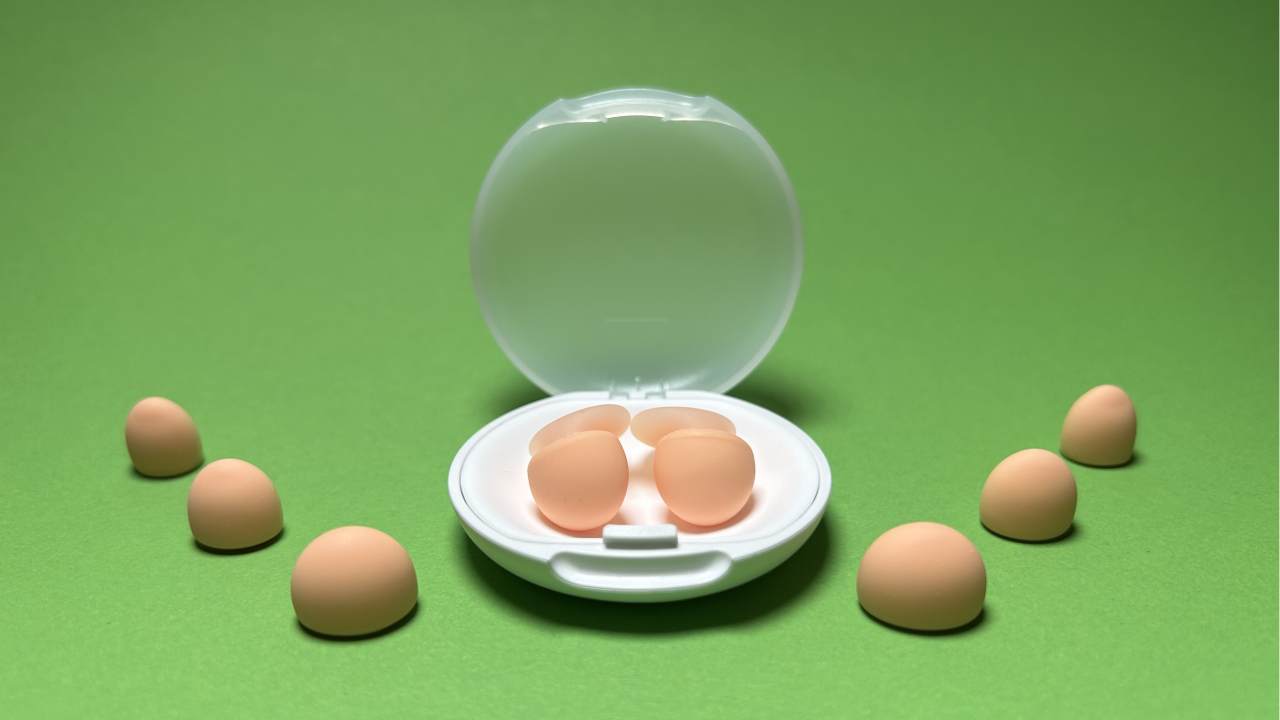 Loop Dream review: super soft earplugs to help you snooze soundly, even if you’re a side sleeper
Loop Dream review: super soft earplugs to help you snooze soundly, even if you’re a side sleeperSquishy silicone and uniquely shaped ear tips take Loop’s nighttime earplugs to dreamy heights
By Joanna Ebsworth Published
-
 Can’t get to sleep? Grounding bed sheets could be the answer – but I need convincing
Can’t get to sleep? Grounding bed sheets could be the answer – but I need convincingIs this the future of sleep tech?
By Bethan Girdler-Maslen Published
-
 Simba reveals 3 shocking signs of sleep deprivation on the body
Simba reveals 3 shocking signs of sleep deprivation on the bodySimba’s latest study reveals the main physical effects of sleep deprivation
By Bethan Girdler-Maslen Published